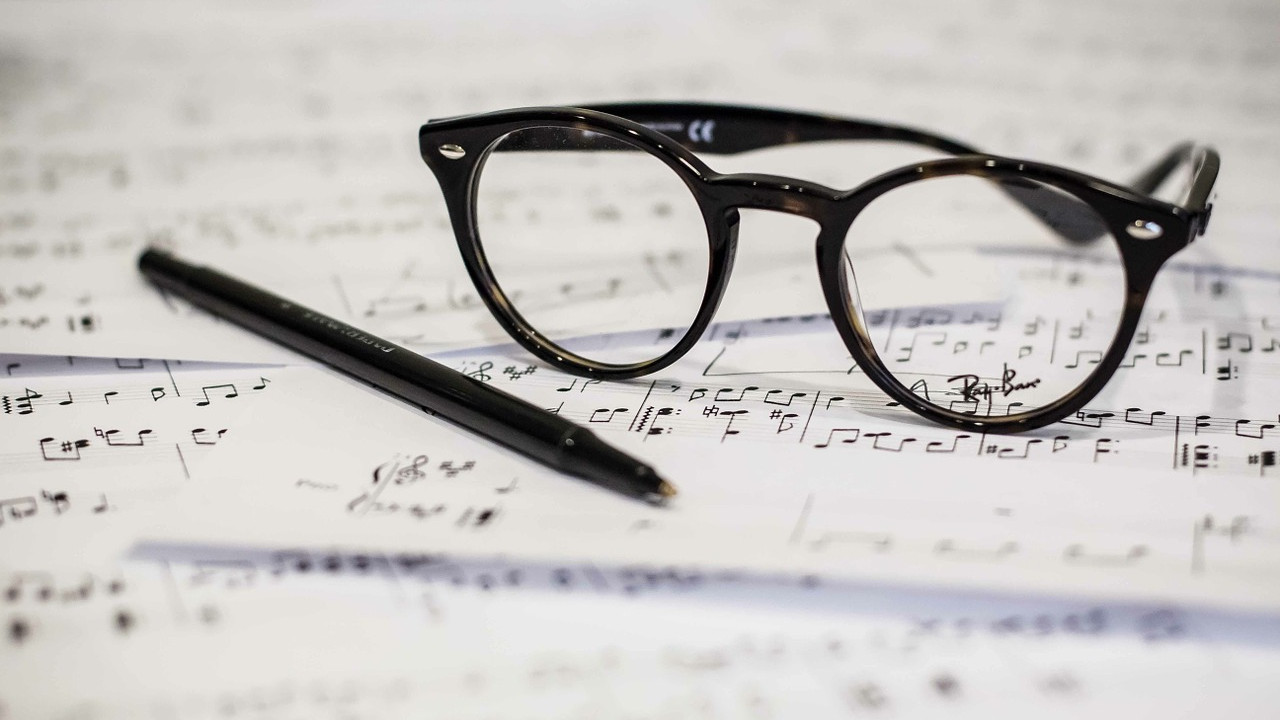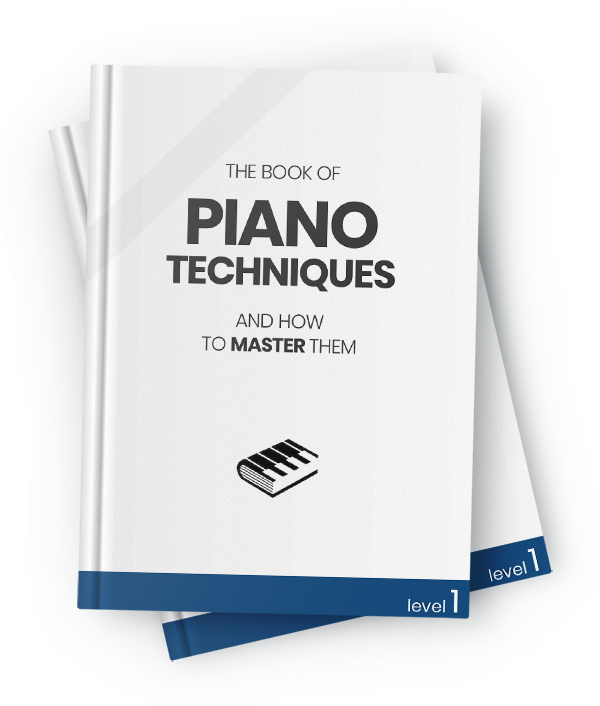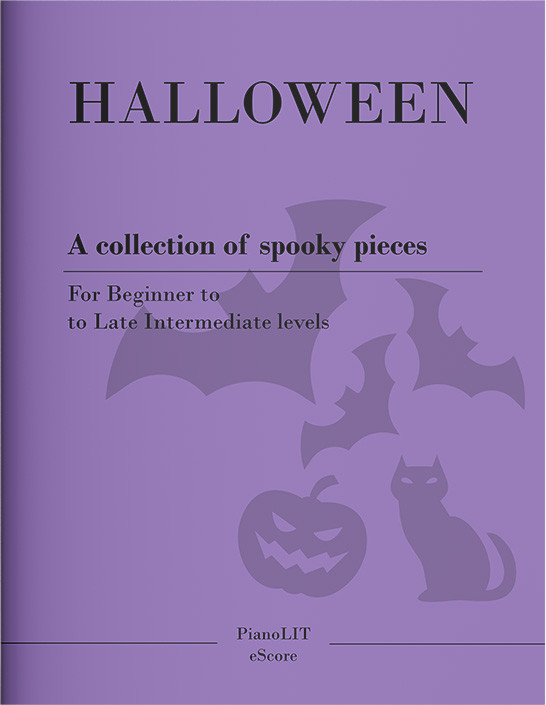What are chords and how do we use them?
Whether you play piano, guitar or any other instrument, chances are you have heard about chords. If symbols such as C7 or G°b5 make you scratch your head then you've come to the right place!
May 8, 2019 • 8 min read
4623

Want a heads up when a new story comes out?
In our language, words are a combination of letters in a specific order. Change the letters and you'll have changed the meaning and sound of the word. In music the same thing is true: a chord is a combination of specific intervals. Learn more about intervals here.
In fact, we can expand this analogy even further.
Spoken language:
- Letters make up a word
- Words make up a sentence
- Sentences make up a paragraph
- Paragraphs make up a text
Music language:
- Notes make up a chord
- Chords make up a phrase
- Phrases make up a section
- Sections make up a song
The next step is to understand which are the intervals we use to create chords and how they are organized. Here we go!
The fundamental Trichord
In classical music, the basic form of a chord contains 3 notes. Those 3 notes are considered to be structural notes (more on that in a moment). Any other notes added to such chord will be considered non-structural notes, meaning that they will not alter the type of the chord but rather just enhance its sound or functionality.
The intervals we use to form fundamental trichords are the major 3rd and the minor 3rd, in no specific order.
Note that when we combine two consecutive 3rds above the bass, the second 3rd is the 5th above that bass. Here is an example: the first 3rd above C is E; the second 3rd is G; the note G is a 5th above C.
Therefore, we consider the 3rd and the 5th to be the structural notes in a chord. Since we have 3 notes per chord and 3 different types of intervals to use, there are a total of 4 different types of fundamental chords. See the chart below for more details.
As you can see from the chart, the 4 types of chords are:
- Major chord: a major 3rd followed by a minor 3rd. Symbol: M.
- Minor chord: a minor 3rd followed by a major 3rd. Symbol: m.
- Diminished chord: two minor 3rds. Symbol: °.
- Augmented chord: two major 3rds. Symbol: Aug or +.
Let's look at a few examples:
- The G minor chord will have G [+ minor 3rd] Bb [+ major 3rd] D
- The B major chord will have B [+ major 3rd] D# [+ minor 3rd] F#
- The A diminished chord will have A [+ minor 3rd] C [+ minor 3rd] Eb
- The E augmented chord will have E [+ major 3rd] G# [+ major 3rd] B#
Are you a little rusty on your intervals? Check here for a quick review!
Notice how two chords are labeled as consonant and two as dissonant? Well, just like with intervals, chords are also considered to be stable and not stable. Stable chords don't need to be resolved, they sound pleasing and, if isolated (meaning outside of a key), are happy to stay where they are. Non-stable chords (dissonant) on the other hand need to be resolved, meaning that they create tension which should be followed by a consonant chord. Which consonant chord should follow a dissonant one? That is a topic for a discussion about keys, check out this article if you're curious.
Altered chords
As previously said, a trichord can be followed by any number of intervals. This is a topic of common confusion but there is no reason for that! As you probably already know, any interval can be described as a number: 4th, 3rd, 7th, etc. If that sounds confusing, learn more about intervals here. Now let's build up a few altered chords together:
- C7 chord: this is a C major triad (C-E-G) plus the 7th above C, which is B. So the chord is C-E-G-B.
- G79 chord: this is a G major triad (G-B-D) plus two intervals. First the 7th above G, which is the F, and then the 9th above G, which is the A. The chord is G-B-D-F-A
- Fm6: this is an F minor triad (F-Ab-C) plus the 6th above F, which is D. The chord is F-A-C-D.
Easy right? We have just one more thing to learn:
The "sus" chords
These are just chords that omit the 3rd and add a 4th or a 2nd in its place. The 4th or 2nd are used instead of the 3rd. Let's look at a few examples:
- Csus: this is a C major triad (C-E-G) with a 4th instead of the 3rd. So the chord is C-F-G.
- Fsus: this is an F triad (F-A-C) with a 4th instead of the 3rd. So the chord is F-Bb-C.
- Gsus2: this is a G triad (G-B-C) with a 2nd instead of the 3rd. So the chord is G-A-D.
Notice that we don't need to say sus4, just sus is enough. That is because the vast majority of the sus chords used are with a 4th and not with a 2nd. If you want to use a 2nd, then just indicate that by writing sus2.
•••
That is pretty much all you need to know about chords! At this point, you should be familiar with symbols such as C7, A9, Bm6, etc. The important thing to remember is the distinction between structural and non-structural notes in a chord. Structural intervals are the first two 3rds (being the 3rd and the 5th above the bass note). Any other note added are considered non-structural, at least in classical harmony.


